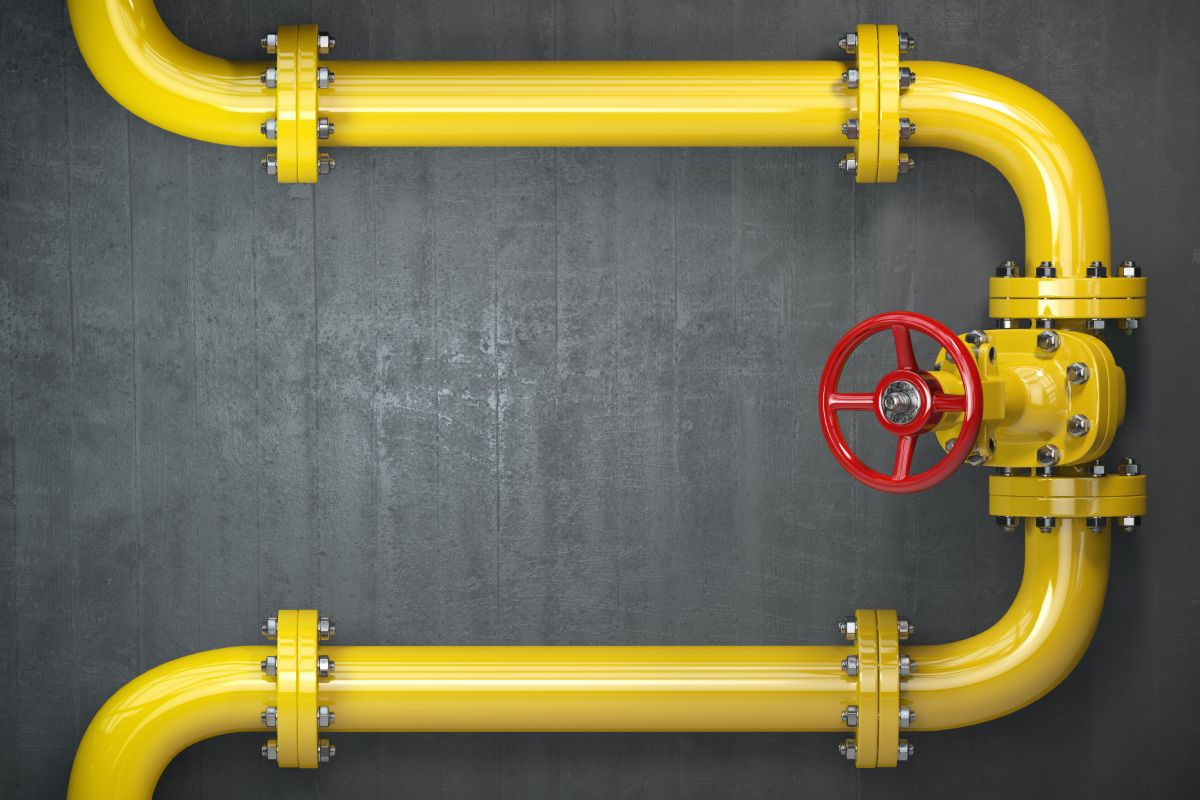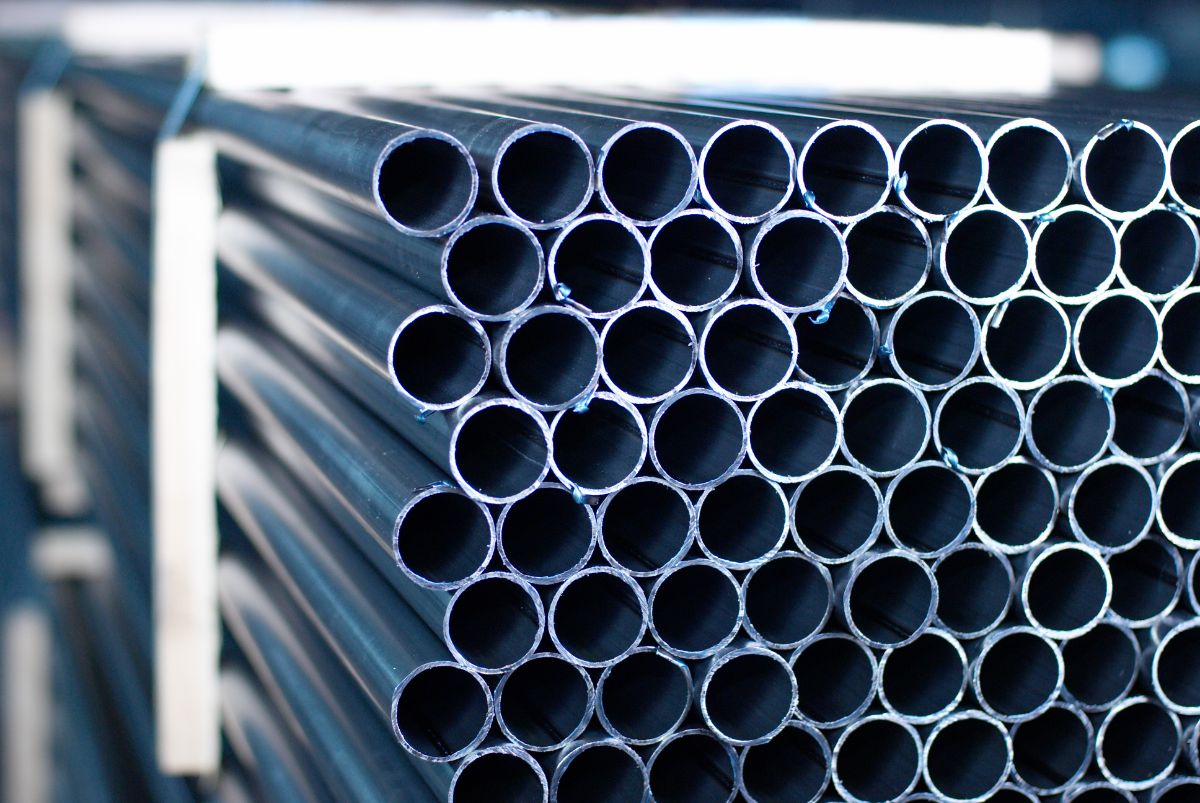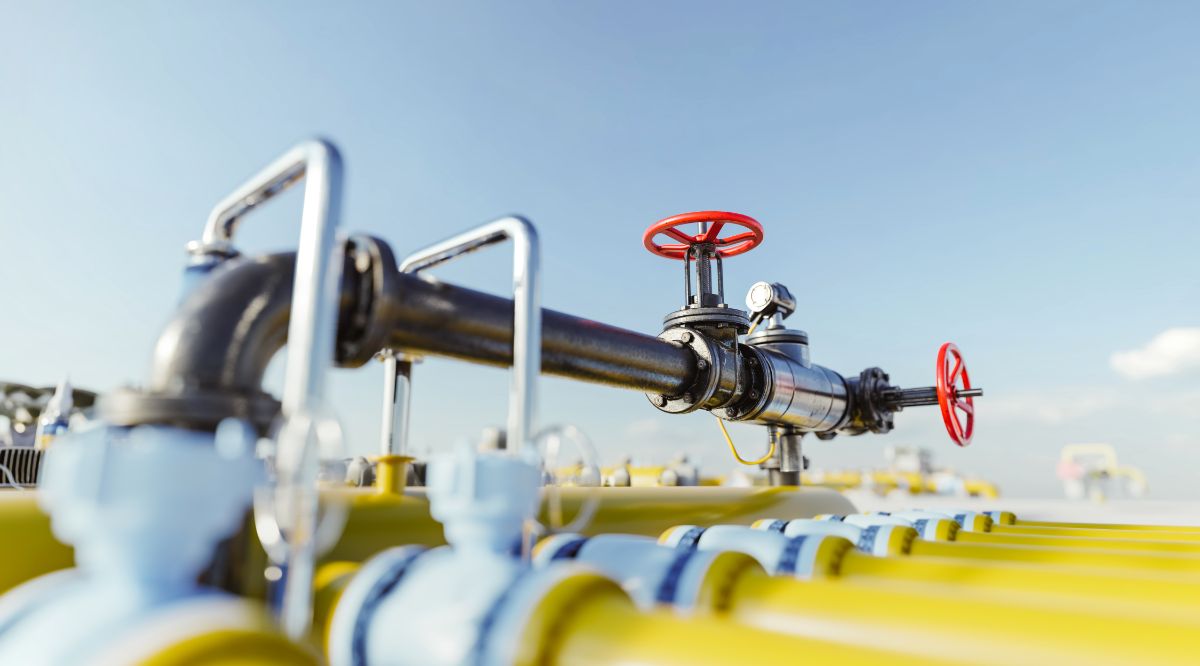
8 Tips for Installing Gas Pipes
What are the tips for installing new gas pipes?
- Considering hiring a plumber
- Know your gas line layout
- Choose your pipe material carefully
- Always turn off the gas
- Check the sizing of your pipe
- Check the fit of your pipe
- Test the airtightness of your system
- Do tests with your appliances
Natural gas is a fossil energy source that is used for heating, cooking, electric generation, and fueling several vehicles. You may be considering switching (or adding) some gas-powered items to your space. If so, you will likely need new or extended gas lines or maybe even a retrofitting of the piping in your building. Read on! In this blog, we list the top tips for installing gas pipes.
Consider hiring a plumber
While you can try to install a whole new gas pipe system by yourself, it is typically not recommended. This poses a major safety issue because installing gas pipes is more complex than other types of piping systems.
If you have experience installing new appliances and piping, then you know there are plenty of factors to consider in order to successfully install or extend a pipeline. In addition, you have to meet home safety codes. We do recommend that you contact a professional technician or plumber to install your gas pipes.
Know your gas line layout

One of the top tips for installing gas pipes is to know your gas line layout. Particularly, where your gas line and the shut-off valve are located. Knowing where this is within the area is essential, especially if you ever need repairs, or need to fix a leak in your gas pipes.
Finding your main shut-off valve is easy. They are typically found right next to your gas meter. There are also usually two shut-off valves you can use: the street-side valve and your building- (or house-) side valve. We recommend finding the latter, which is usually near where your gas line first enters the building.
Also, have a rough map of where your new gas lines or extensions will be placed. Avoid trying to fit them through vents, or run them through chimneys as these pose safety risks.
Choose your pipe material carefully

Another no-fail tip for installing gas pipes is to choose your pipe material carefully. You have several choices, including steel, plastic, copper, and brass. Steel is the most recommended gas piping material to use. Plastic piping is also an option but is only recommended for commercial spaces.
Before choosing your pipe, it is best to consult an expert like Supreme Pipe to find out which types of steel are suitable for your application. Many of our steel products are suitable for gas plumbing, but we can help you choose the best one for your project.
Once you pick out your pipe material, you need to find the correct sizing for your pipe. To do so, you need to factor in your gas needs, the number of appliances your system will be supplying, and so on. You can calculate this yourself, but you can also consult our team at Supreme Pipe to ensure your system can supply the right amount of gas.
Always turn off the gas
Always make sure you have turned your gas off before starting your installment. Failing to do so can lead to dangerous gas leaks.
As mentioned earlier, finding your shut-off valve should be easy. Once you have located it, turn it off with a quarter turn. Make sure to check the meter as well to ensure your gas is no longer running.
Check the sizing of your pipe
Before, you’d have to manually cut and prepare different lengths of pipe to fit them into your gas systems. But nowadays, most pipes will come fabricated in specific measurements.
For tricky corners and hard-to-reach areas, you can try cutting your pipes and fittings yourself. Expert steel pipe suppliers like Supreme Pipe can also custom-made pipes to better fit your applications.
Check the fit of your pipe
To ensure you have all the materials you need — and in the correct measurements — lay all your pipes and their fittings out. Check if they are the right length and can be safely connected to an existing system and your appliances tightly.
Some hardware stores and suppliers may also offer kits to help you extend your gas lines to fit new appliances. All you have to do is make sure these supplies are the right size.
Test the airtightness of your system

Once you have everything you need, check if each piece is airtight. Before doing this, make sure your shut-off valve is switched off.
You can use an air pressure test, and pump the test gauge at 1½ times your usual working pressure. If the air pressure test doesn’t indicate the correct pressure, or displays a reduction in pressure, you may have a faulty pipe on your hands.
You can also check for leaks by using a soapy solution. Run this over your gas pipes where it connects to its fittings. If you see bubbles forming in the solution, then you have a leaky pipe. You will either need to adjust the tightness of your piping, or order replacements to eliminate the leak.
Never use an open flame around your gas pipes to search for leaks. This is a fire hazard and may cause serious harm.
Do tests with your appliances
Now that you have fitted and tested your pipes for leaks, you are ready to test your appliances. Switch off the shut-off valve first before turning your gas-powered appliance on.
If the gas is flowing correctly through the piping system, then your appliance should work. If not, then you might need to contact a professional for a more thorough inspection.
Key Takeaway
Gas pipes can be installed, or existing systems can be extended if you know what you’re doing. If you’re new to this piping system, use our tips for installing gas pipes to guide you through the process.
Need new gas pipes? Contact Supreme Pipe today. We are a complete, reliable, and trusted steel pipe provider in the Philippines. At Supreme Pipe, we carry everything you need for your piping projects!


